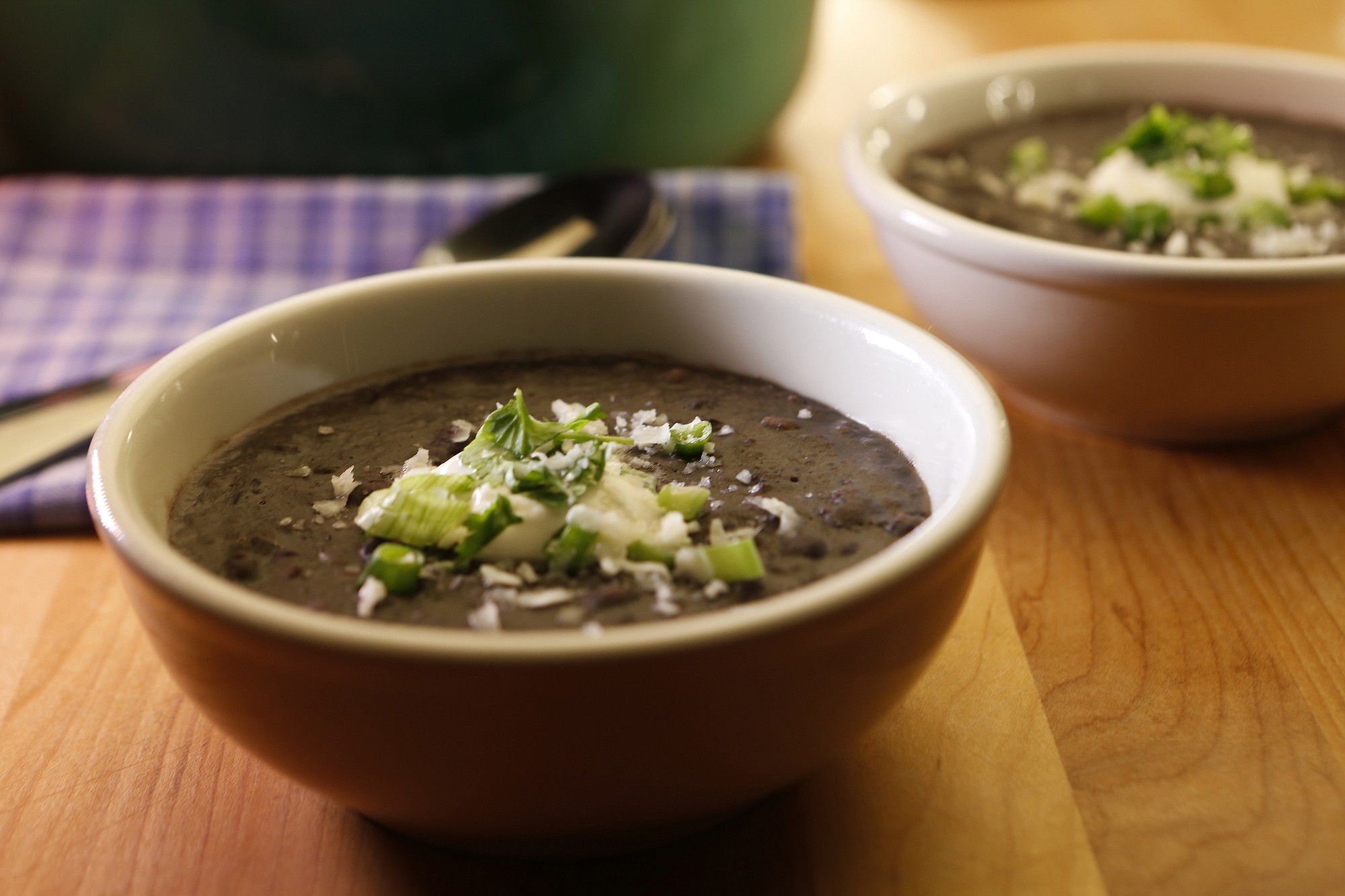Worried that not soaking beans will cause digestive trouble? Worry not
Before someone brings up the whole digestibility issue, the benefits of soaking beans to relieve that have pretty much been disproven.
Most of the gastric distress (my, we’re finding a lot of euphemisms, aren’t we?) that come from eating beans comes from indigestible sugars they contain called alpha-galactosides that our body doesn’t produce enzymes to break down. They pass through the stomach undigested until they reach the large intestine. There they ferment, producing gases. The rest is faux pas.
According to a bean scientist I talked to, cold-soaking beans does nothing to remove those sugars and even hot-soaking (the so-called “quick-soak” method) doesn’t reduce them by enough to make a difference. You’d have to hot-soak repeatedly to get rid of an appreciable amount.
Then, of course, there’s the whole fiber issue. Beans contain a lot of fiber and because our diets are notoriously low in it, that can come as a shock to our lower digestive tract.



